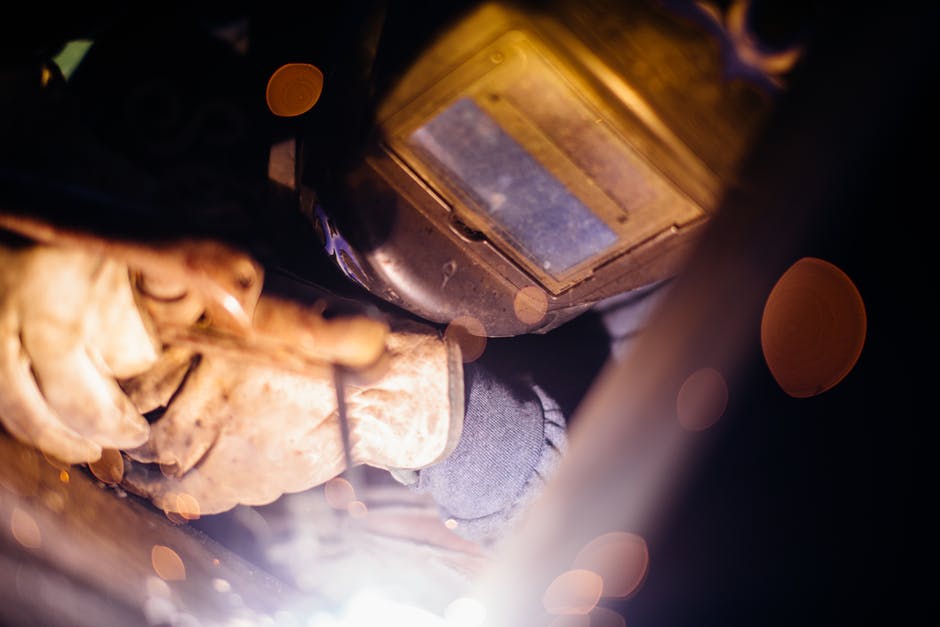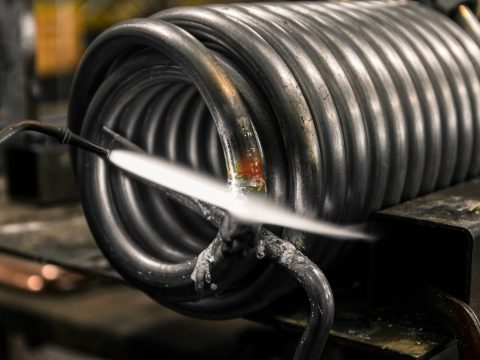Dip Braze for Daze: What Metals Cannot Be Brazed?

Dip It: 5 Things You Should Knew About the Dip Brazing Process
August 10, 2020
An Informative Guide to Antenna Module Design and How It Works
August 26, 2020Soldering, brazing, welding, oh my! If you want to bond two pieces of metal, you have a few options, and a dip braze is an excellent middle-of-the-road choice.
It has a stronger bond than soldering, but it’s not as complicated as welding. If you’re interested in a dip braze, consider what it is and what metals you can use for the process.
What Is Dipping?
Dip braze is the process of heating two pieces of metals to a hot enough temperature before fusing them together. A dip braze makes the joints from the two pieces of metal very strong, and you can braze metals of varying thicknesses.
Brazed metals can withstand a lot of pressure, so brazing is a great option if you want the fusion to last. Dip braze is also very flexible, which means you can use it for a variety of projects and to serve many purposes.
In the world of metalworking, you may wonder what is dip braze and how is it different from soldering?
Braze vs. Solder
Like a dip braze, soldering involves bonding two metals together at high heat. But the difference is in how high the temperature can get.
A dip braze requires heat at or above 840 degrees Fahrenheit. On the other hand, soldering uses temperatures below 840 degrees. Both methods can reach similar goals, but the higher heat means that brazed metals can be more durable.
Brazing also involves a filler metal that sits between the two pieces to bridge the gap. However, soldering can leave a slight gap if it isn’t done by a professional.
Brazing also doesn’t require as thick of a cup for the filler metal as when soldering. Overall, the two procedures are similar, but the difference in heat is important to think about when choosing the right metals to use.
Metals You Can Dip Braze
You can dip braze different metals, but you need to use metals that won’t react negatively at high temperatures. Now, you might wonder, can you braze aluminum?
And yes, you aluminum is one of the metals that you can braze. When you dip braze aluminum, you should use aluminum brazing and welding rods to get the best results.
You can also braze metals such as stainless steel, steel, copper alloys, nickel alloys, and cast iron. For those metals, you should use nickel-silver brazing and welding rods.
To braze brass, copper, and bronze, use copper phosphorous brazing and welding rods. And if you want to braze malleable iron and nickel, and you should use bronze rods.
Metals You Shouldn’t Dip Braze
If you’re careful, you can braze almost any metal that you want. But there are a few things to consider when deciding if you should braze a particular metal.
Heating metals, like silver or gold, to such high heat requires a lot of precision. It’s more common for these metals to be soldered rather than brazed.
Gold and silver can handle the lower heat better, and soldering can still give a good bond, even if it’s not as strong.
How to Braze Aluminum and Other Metals
If you want to dip braze two pieces of metal, you’ll need the right tools and technique. When dip brazing for the first time, take it slow.
Always wear protective gear when working with the high heat, and make sure you have a rod that you can use for the dip braze.
Consider the following steps for how to braze aluminum successfully.
Clean the Metal
Before you start to heat any metal, make sure you clean it as much as possible. You should remove any oil or grease first so that you can have a clean surface for more cleaning.
Next, you can use an acid pickle treatment to get rid of rust and do general chemical cleaning.
After you begin cleaning the metal, wear gloves when you touch it, and make sure you have a clean surface to place it on. Then, you can ensure you don’t get any fingerprints or other grime on the metal.
Because of this, try to clean the metal as close to the brazing as possible so that it can’t collect dust.
Put Into Position
After you clean the metal, position the two pieces for brazing. You may need to use a tool to hold the pieces together.
At this point, you need to make sure everything is perfect. It can be hard to break a bond after brazing, so you want to minimize the chance of a mistake.
An easy way to keep the pieces together is to use gravity. Then, you won’t need to use anything else to keep the metal in place.
Braze the Metal
Finally, it’s time to heat the metal and pour the filler metal into the joint. You should heat the area around the joint that you’re brazing, and make sure that you heat the area evenly.
Wait until the metal is at least 840 degrees before you pour the filler metal. If you’re using manual dip braze, hold the rod near the joint as you pour.
You may notice a bit of the filler metal will flow through the joint, but that’s normal. It should go through the joint so that it can fill the space between the two pieces of metal.
Clean Again
After you finish brazing, you should clean the brazing assembly. You can put in in hot water that’s at or above 120 degrees Fahrenheit.
The water will help dissolve any excess metal and residue. However, you want the filler metal to become solid before you put it in water.
After that, you can use a pickling solution to get rid of anything else that’s left on the surface.
Two Become One
A dip braze is an excellent way to fuse two pieces of metal together. You can braze aluminum, copper, and other metals, and you can use the process for different things.
Whether you need to braze two parts of a machine or you want to do something else, brazing is a useful option.
Do you need help with a dip braze? Contact us to learn more about our services.




